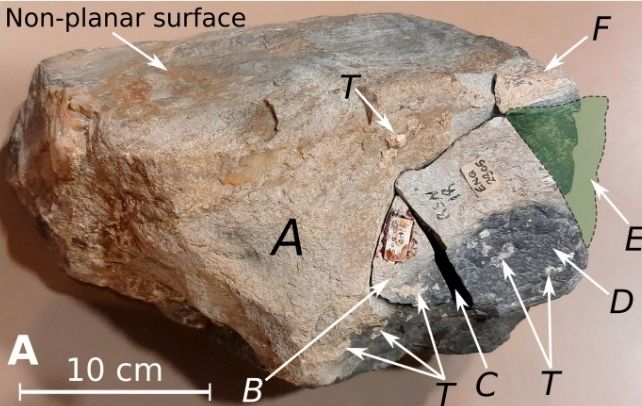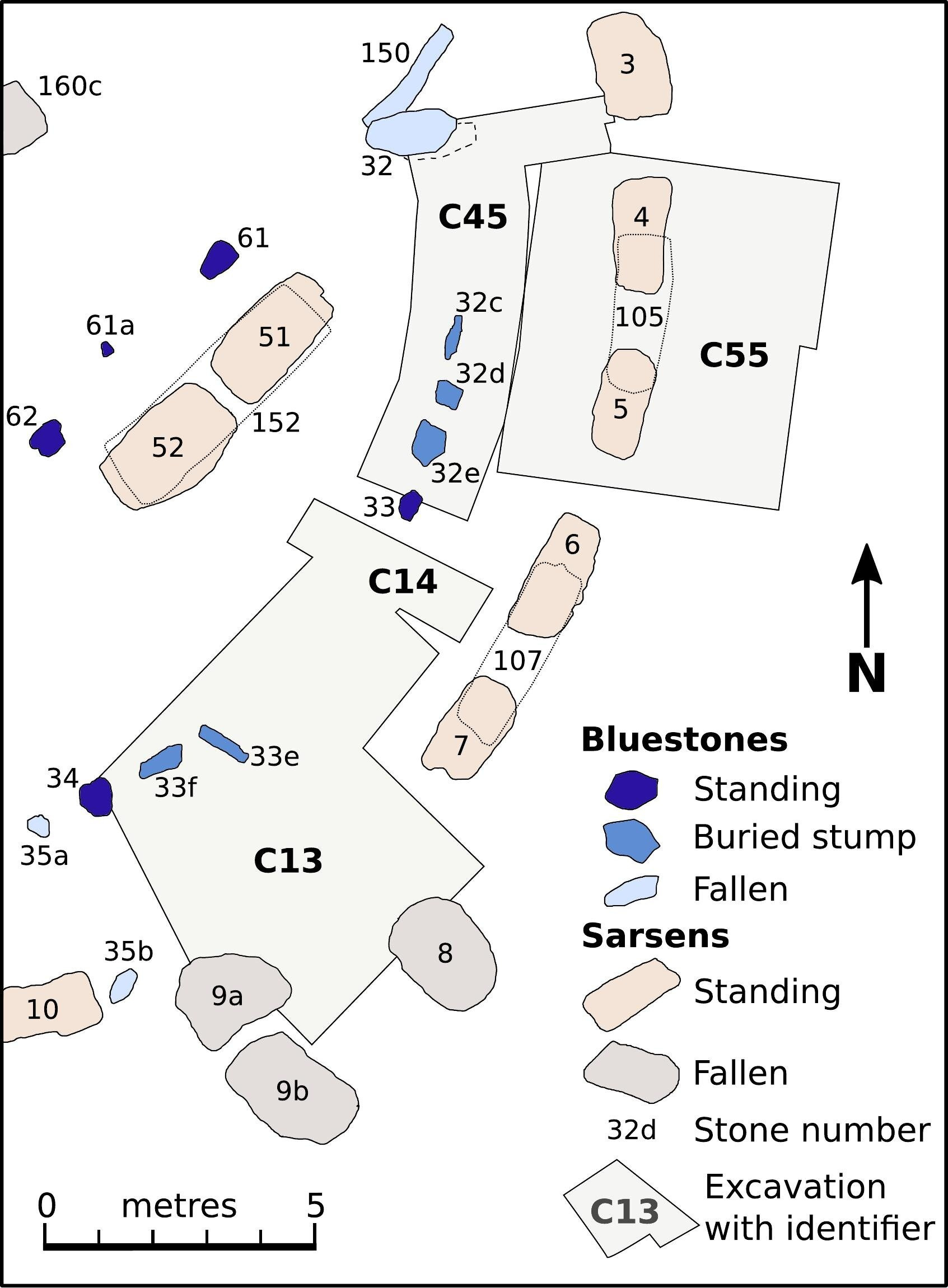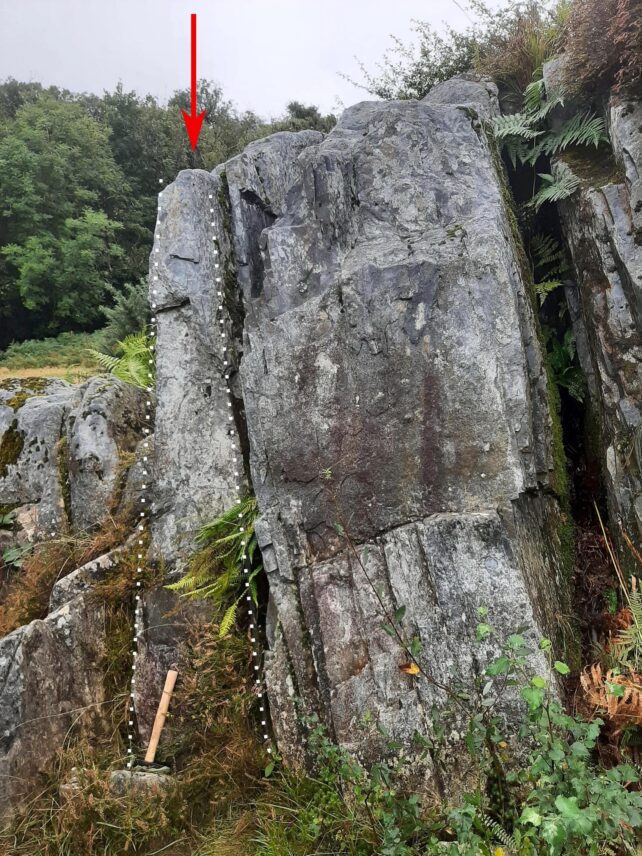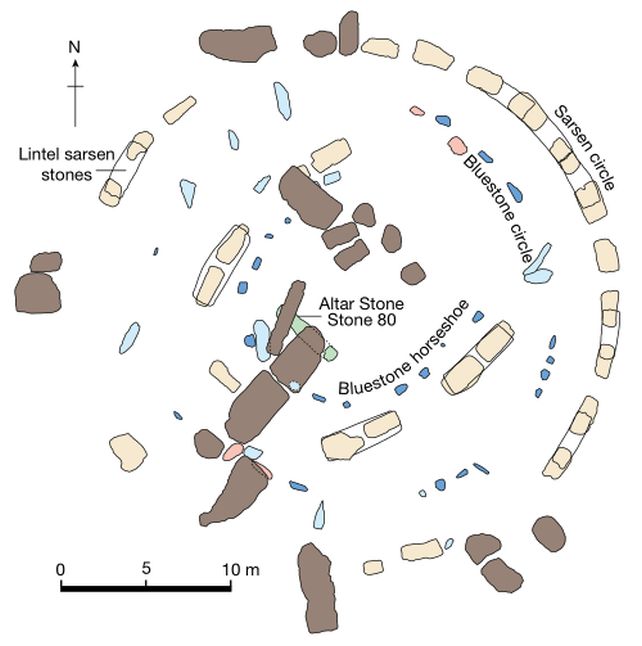New evidence suggests Stone Age people really did move massive Stonehenge boulders more than 200 kilometers (arouind 125 miles) to the inner ring of Stonehenge, without the help of any glaciers.
While not the largest of the mysterious monolith's rocks, the inner ring of bluestones still weigh up to a whopping 3.5 tonnes (3.9 tons) each – about the weight of two sedan cars per boulder.
"The human effort involved in acquiring and moving these stones across such distances cannot be overstated," Aberystwyth University archaeologist Richard E. Bevins and colleagues were reported explaining on Anthropology.Net.
"It speaks to a remarkable level of planning and organization in the Neolithic."

In 1924, the Newall Boulder was unearthed by British archaeologist William Hawley. An assistant on the dig, R.S. Newall, suspected the rock and its bluestone ilk must have been carried all that way from their origin by glaciation processes.
Related: Could Stonehenge Be a Copy of This Even More Ancient Monument?
This theory has since competed with the seemingly Herculean notion that humans did the moving themselves.
But Bevins and colleagues suggest the marks on the stones were not signs of abrasion by the glacier, but were made by human hands coupled with general surface weathering instead. Fragments at Stonehenge have edge damage matching deliberate shaping, not erosion, they argue, concluding the Newall boulder likely broke off Stone 32d.

Their analysis in 2023 suggest the stone originated from an outcrop of rock on the Preseli Mountains in Wales, known as Craig Rhos-y-Felin.
"The geochemical signature was a perfect match," say the researchers. "There was no ambiguity about its origin."
Other researchers, however, disputed these findings.

"The simplest explanation of the presence of the bluestones at Stonehenge is that they are glacial erratics from the west, emplaced by ice at some site still to be discovered, on or near Salisbury Plain, where they were later collected up and used by the builders of the stone monument," University of Durham archaeologist Brian Stephen John wrote in a 2024 paper.
But if the bluestones were transported by ice at least part of the way, there should be more evidence of other rocks like this, argue Bevin and team.
"The total absence of spotted dolerite erratics further east than the vicinity of Narberth… argues strongly in favour of human transport," they conclude.
How exactly this was achieved is still a mystery.
Research published last year also suggests the central Alter stone, Stone 80, was transported a whopping 750 kilometers from a site in Scotland.

If the human transport hypothesis holds true, Stonehenge is an incredible example of how long humans have accomplished massive feats of ingenuity and engineering using little more than brawn and teamwork.
This research was published in the Journal of Archaeological Science: Reports.
